Frame Publishers’ recent title, Where We Work, provides an exposé of design lessons from the modern office, distilled from an international spread of exemplary workplace design projects.
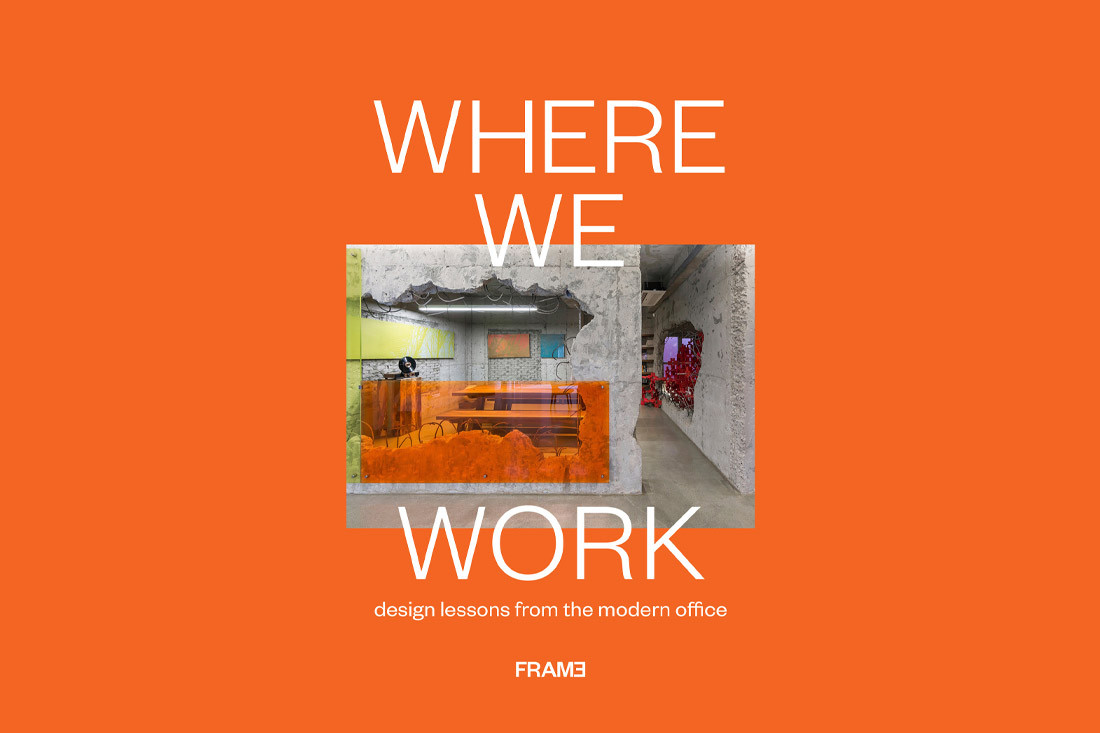
Coming at a pivotal moment in the grand scheme of workplace philosophy—and aligned perfectly with Indesign #83, our ‘Workplace Progress’ issue—Frame Publishers’ Where We Work is a visually and intellectually provocative reference tool for interior designers, architects and businesses alike.
Comprising a dynamic selection of 51 groundbreaking design case studies from Seoul to São Paulo and everywhere in between, the hardcover publication speaks to the universal concerns of today’s working world. As we attempt to comprehend the post-pandemic workplace the showcase of projects curated by Frame, though all conceived in the pre-COVID world, consummate in a pertinent and insightful prospectus for where and how we might work from here on out.
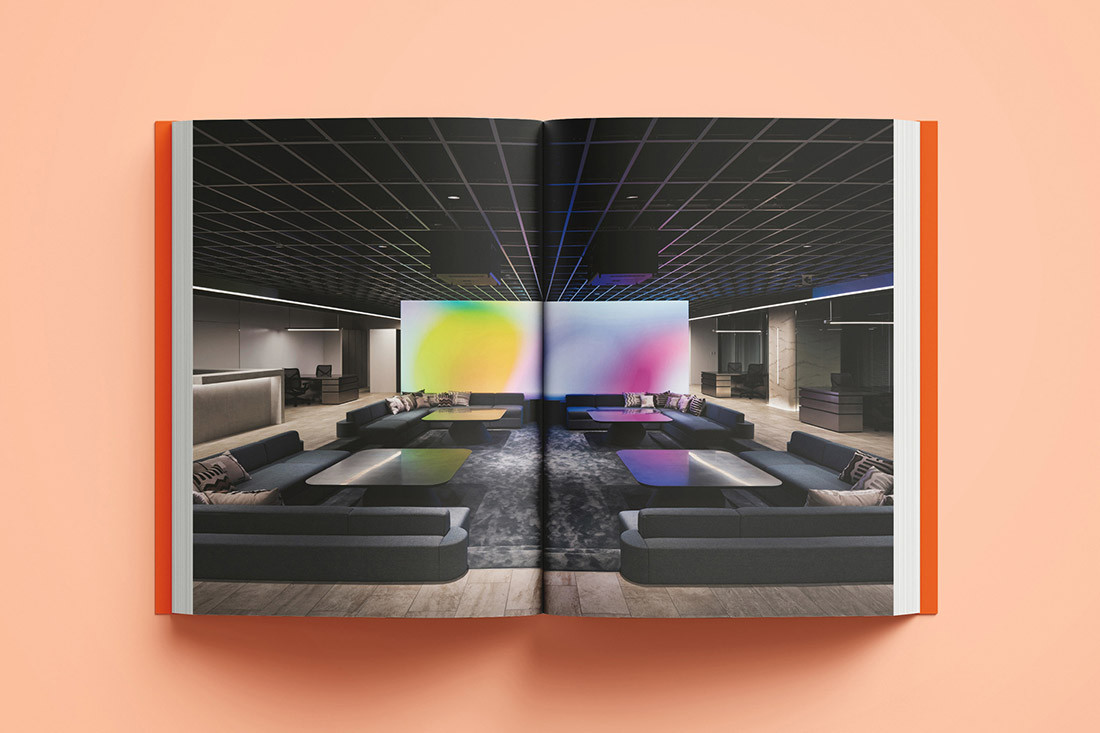
The book is divided into four chapters, each aptly dedicated to examining a specific and elemental aspect of modern workplace design—community, flexibility, identity, and wellbeing—and brimming with cases in point. At the conclusion of each chapter the publishers have derived a pointed and insightful outtake, synthesised from the chapter’s exemplary featured projects.
Featuring works by the likes of Onion, Simple Space Design, Aim Architecture and more, including the extensively covered workplace design by I IN for Warp Studio, the chapter Designing for Community explores how designers around the world are drawing on elements of residential and urban design to curate workplaces that cultivate inspired, communicative, healthy and productive communities of work.
“As office culture shifts in both gradual and precipitous ways, it’s important to incorporate spaces that put staff’s needs first and help co-workers build a sense of belonging,” is Frame’s apt conclusion of the chapter.

Many of the projects and themes in each chapter are arguably interchangeable, even if more inclined toward one over another. The chapter Designing for Flexibility is unsurprisingly dominated by projects that speak to themes of activity-based work, modular furniture and workspaces, sustainable materiality and acoustic design.
The line between the chapters Designing for Community and Designing for Identity is perhaps the most blurry of all. Unique and visually impactful spaces fill the pages of the latter chapter, drawing on examples of workplaces where a company’s product and/or values have formed the genesis of design. A personal favourite from this chapter would have to be the project dubbed Ideal Gas Lab, in Taipei, by Waterfrom Design.
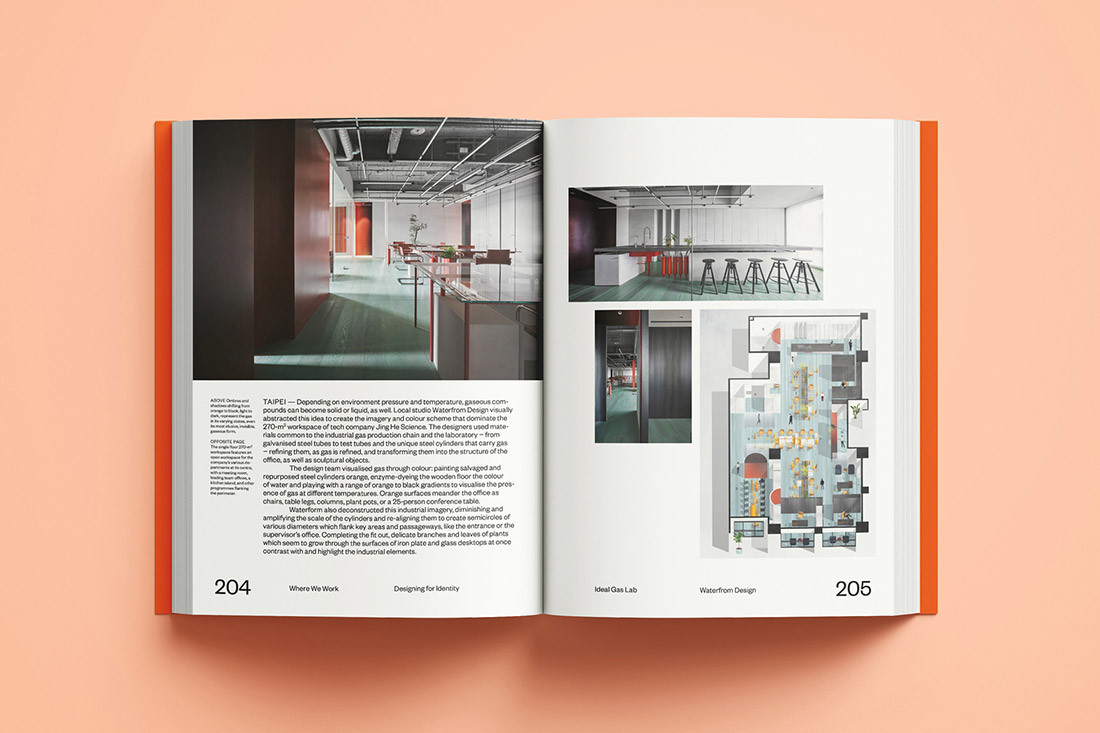
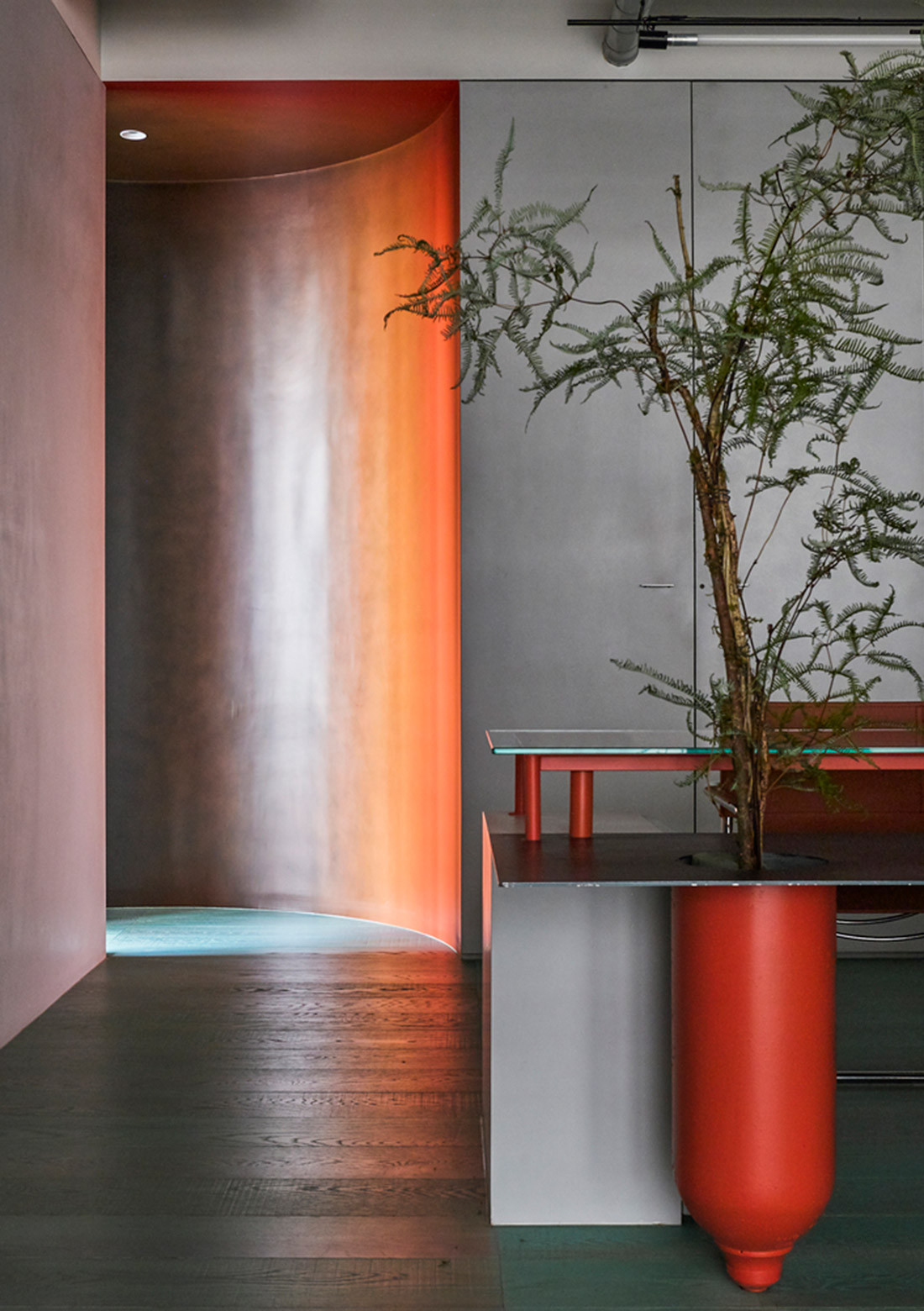
In designing the new workspace of tech company Jing He Science, local studio Waterfrom Design abstracted the idea that, depending on environment pressure and temperature, gaseous compounds can become solid or liquid. Devising the colour scheme from this concept, the designers employed materials common to the industrial gas production chain and the laboratory, refining them to form the structure of the office. The result is an office with an inimitable sense of place and an industrial design aesthetic that has been highly resolved.
Designing for Wellbeing is a chapter featuring the Australian projects Axle, in Sydney, by Woods Bagot and Cobild, in Melbourne, by Mim Design. In this chapter biophilic design strategies and connection to nature feature heavily, as well as soft forms, pleasant palettes, inviting materials and increased social spaces. Frame ends the chapter by stating, “adding play to the workplace should no longer be seen as a distraction, but as a source of respite and inspiration.”

All in all, the themes and insights throughout Where We Work are familiar and, in the scheme of things, are interrelated with one another. What Frame has done astutely here, however, is pull together a diverse showcase of these principles in practice, culminating in a collection of inspiring case studies, each with its own point of difference.
INDESIGN is on instagram
Follow @indesignlive
A searchable and comprehensive guide for specifying leading products and their suppliers
Keep up to date with the latest and greatest from our industry BFF's!

For Aidan Mawhinney, the secret ingredient to Living Edge’s success “comes down to people, product and place.” As the brand celebrates a significant 25-year milestone, it’s that commitment to authentic, sustainable design – and the people behind it all – that continues to anchor its legacy.
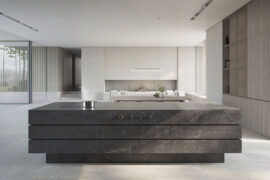
For those who appreciate form as much as function, Gaggenau’s latest induction innovation delivers sculpted precision and effortless flexibility, disappearing seamlessly into the surface when not in use.

London-based design duo Raw Edges have joined forces with Established & Sons and Tongue & Groove to introduce Wall to Wall – a hand-stained, “living collection” that transforms parquet flooring into a canvas of colour, pattern, and possibility.
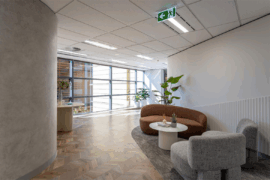
A thoughtful, low-waste redesign by PMG Group in collaboration with Goodman has transformed a dated office into a calm, contemporary workspace featuring a coastal-inspired palette and Milliken flooring for a refined finish.
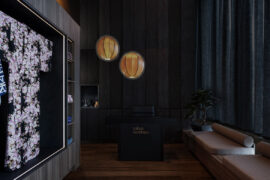
Making a splash on the hair spa scene, the latest project from X + O makes a little slice of Japan right at home in suburban Melbourne.
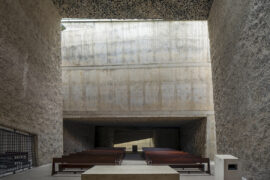
The World Architecture Festival has named The Holy Redeemer Church and Community Centre of Las Chumberas in La Laguna, Spain as World Building of the Year 2025, alongside major winners in interiors, future projects and landscape.
The internet never sleeps! Here's the stuff you might have missed
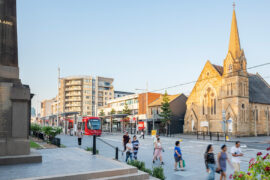
Australia’s first planted light rail corridor sets new benchmark for transport-led urban transformation.
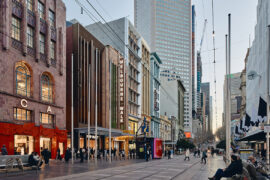
Buchan weaves heritage and contemporary retail across a 3,600sqm site featuring dual-branded hotels, arcades and revitalised laneways.
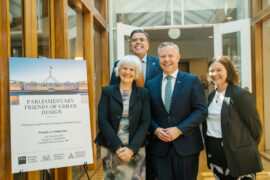
The Parliamentary Friends reconvened at Parliament House, uniting political and professional leaders to champion architecture and design.
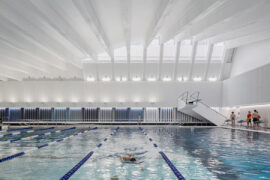
Hiwa, the University of Auckland’s six-storey recreation centre by Warren and Mahoney with MJMA Toronto and Haumi, has taken out Sport Architecture at the 2025 World Architecture Festival. A vertical village for wellbeing and connection, the project continues its run of global accolades as a new benchmark for campus life and student experience.